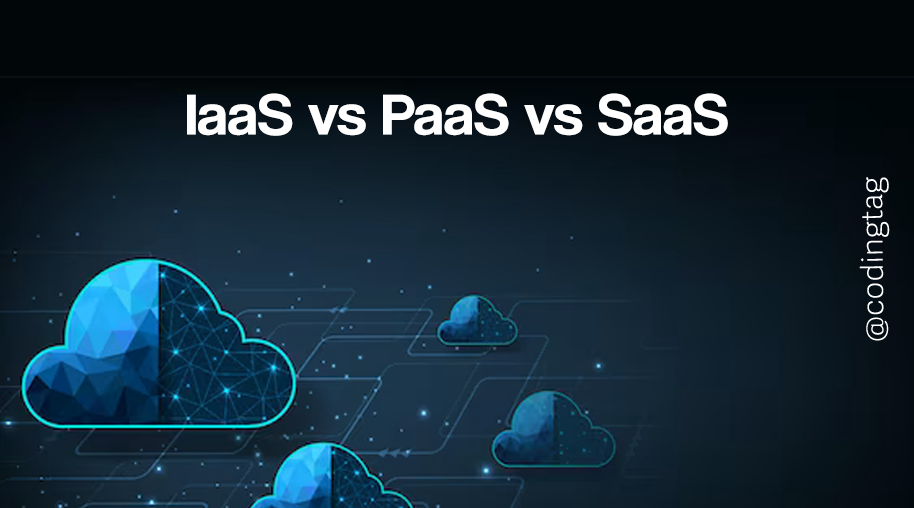Object vs Block Storage
0 564
💾 Introduction to Object vs Block Storage
When choosing a cloud storage solution, understanding the difference between Object Storage and Block Storage is essential. Both are widely used, but they serve different purposes depending on the application’s performance, scalability, and structure needs. Let’s break down how each works and when to use which.
📦 What is Block Storage?
Block storage divides data into fixed-size blocks and stores them separately, each with a unique identifier. It behaves like a hard drive and is typically used in databases, virtual machines, and applications requiring high performance and low latency.
// Example: AWS Elastic Block Store (EBS)
resource "aws_ebs_volume" "example" {
availability_zone = "us-west-2a"
size = 100
type = "gp2"
}
Block storage offers low-latency and is well-suited for transactional data and structured storage.
🗂️ What is Object Storage?
Object storage stores data as individual objects in a flat address space, each with metadata and a unique identifier. It's ideal for storing large volumes of unstructured data such as images, videos, backups, and logs.
// Example: AWS S3 Bucket
resource "aws_s3_bucket" "example" {
bucket = "my-object-storage"
acl = "private"
}
Each object includes metadata, making it easy to retrieve and manage. Object storage is highly scalable and perfect for modern applications like big data and AI workloads.
⚖️ Key Differences Between Object and Block Storage
| Feature | Block Storage | Object Storage |
| Data Format | Raw blocks | Objects with metadata |
| Performance | High IOPS, low latency | Optimized for throughput |
| Best Use Cases | Databases, boot volumes | Media files, backups, analytics |
| Scalability | Limited to instance size | Virtually unlimited |
| Protocols | iSCSI, Fibre Channel | HTTP/HTTPS |
🚀 Use Cases
Block Storage
- Relational and NoSQL databases
- Virtual machines and OS boot drives
- Low-latency transactional workloads
Object Storage
- Media streaming services
- Data lakes and analytics
- Cloud-native applications
- Disaster recovery and backup solutions
🔒 Security Considerations
Both storage types offer encryption and access control features. However, object storage often supports advanced metadata-based access policies, while block storage relies more on infrastructure-level access control.
// Example: Enabling S3 Bucket Encryption
resource "aws_s3_bucket_server_side_encryption_configuration" "example" {
bucket = aws_s3_bucket.example.bucket
rule {
apply_server_side_encryption_by_default {
sse_algorithm = "AES256"
}
}
}
💡 Which One Should You Choose?
The choice depends on your workload:
- Choose Block Storage when you need fast, low-latency access to structured data.
- Choose Object Storage for high scalability, cost-efficiency, and storing large unstructured datasets.
🔚 Conclusion
Understanding Object vs Block Storage is key for making the right infrastructure decisions. While block storage is ideal for performance-critical apps, object storage provides unmatched scalability and durability. Cloud providers like AWS, Azure, and GCP support both, enabling you to build flexible and efficient architectures.
If you’re passionate about building a successful blogging website, check out this helpful guide at Coding Tag – How to Start a Successful Blog. It offers practical steps and expert tips to kickstart your blogging journey!
For dedicated UPSC exam preparation, we highly recommend visiting www.iasmania.com. It offers well-structured resources, current affairs, and subject-wise notes tailored specifically for aspirants. Start your journey today!

Share:







Comments
Waiting for your comments